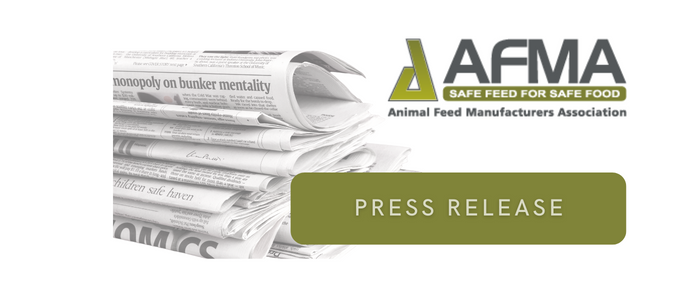
AFMA recorded a 2,2% growth year-on-year in feed sales during its April 2021 to March 2022 statistical year. These sales amounted to 6,9 million tons, after a 1% year-on-year growth in the previous year.
This growth was achieved despite a vigorous combination of simultaneous challenges impacting the poultry and livestock sectors.
The most significant challenges impacting these sectors were high feed prices due to increased global commodity prices and the devastating effect of animal diseases, which South African flocks and herds had to, and still are, facing.
Despite record South African grain and oilseed crops, commodity prices are at higher-than-normal levels due to global grains and oilseeds value chain demand pressure, driven by global supply and demand for commodities.
While recovering of disruptive effects of Covid-19 during the past two years, the grains and oilseeds value chain was dealt an additional blow with the Russian invasion of Ukraine, which added pressure to an already challenged value chain.
Global commodity prices are derived from the Chicago Board of Trade (CBOT) based on the global supply and demand of the grains and oilseeds value chain, and are used as a reference price on South Africa’s JSE to determine a South African price for the commodity.
International feed demand is the most significant driver of feed commodity prices, recording a 2,3% growth in global feed production in 2021, amounting to 1,236 billion tons.
China remains the world’s largest feed manufacturer, recording an 8,9% growth in 2021, producing 261,4 million tons while restocking its pig herds after the devastation African swine fever (ASF) caused in China. The 6,6% growth (17,25 million tons) seen in pig feed production figures, explains the higher-than-normal Chinese demand for maize and soya over the last two to three years, which directly and significantly affects global supply and demand.
Thus, given the current global supply and demand situation, higher-than-normal prices are anticipated to remain intact over the short to medium term.
In addition to high feed costs, animal health issues plaguing South Africa further exacerbated the situation. These include highly pathogenic avian influenza (HPAI); African swine fever (ASF) and foot-and-mouth disease (FMD). The various livestock sectors are continuously implementing drastic measures and improving steps to protect the animal health status of their sectors, supported by government authorities.
Despite these challenges, research conducted as part of the inputs towards and preparations for the SA Poultry Sector Masterplan and the Agriculture and Agro-Processing Masterplan, has indicated various areas of potential growth and development in the South African poultry and livestock sectors.
These sectors have started making inroads through industry-led initiatives, which are beginning to yield positive effects.
Percentage-wise, pig feed has shown the best growth, recording a 16,4% growth, followed by beef cattle and sheep feed with 8% growth and broilers with 2,4% growth. Volume-wise, broilers are showing the most significant gains with a recorded growth of 66 717 tons, followed by beef cattle and sheep on 66 504 tons and pigs on 63 785 tons.
In the poultry sector, which was severely affected by HPAI, the devastating effect is evident in the shrinkage in layer and breeder feed production, declining by 2.1% and 1.4% respectively.
However, the SA Poultry Sector Masterplan signed in late 2019, made provision for significant investments by key industry stakeholders. These investments totalling well in excess of R1,5 billion and further pledges of more than R 570 million.
Given this significant level of these investments, growth and development has gained positive momentum in respect of the SA Poultry Sector Masterplan’s set objectives.
With this Masterplan now in its third year of implementation, these investments by industry stakeholders are starting to yield results in terms of establishing of new entrant commercial hatcheries, expansion of weekly bird placements (> 1.8 million birds/week), establishing of new entrant commercial contract growers (18 additional new entrant contract growers), and creating additional direct jobs (> 1 450 jobs). These results are expected to be further expand as the policy environment supports the momentum already created.
As the momentum continues and objectives are being achieved in the different animal production sectors (poultry and livestock), it will most definitely drive further feed production in South Africa, with its own set of positive multiplier effects, both upstream and downstream.
For more information contact:
De Wet Boshoff – Executive Director, AFMA
https://www.afma.co.za/industry-statistics/
012 663 9097 | 082 301 1035



